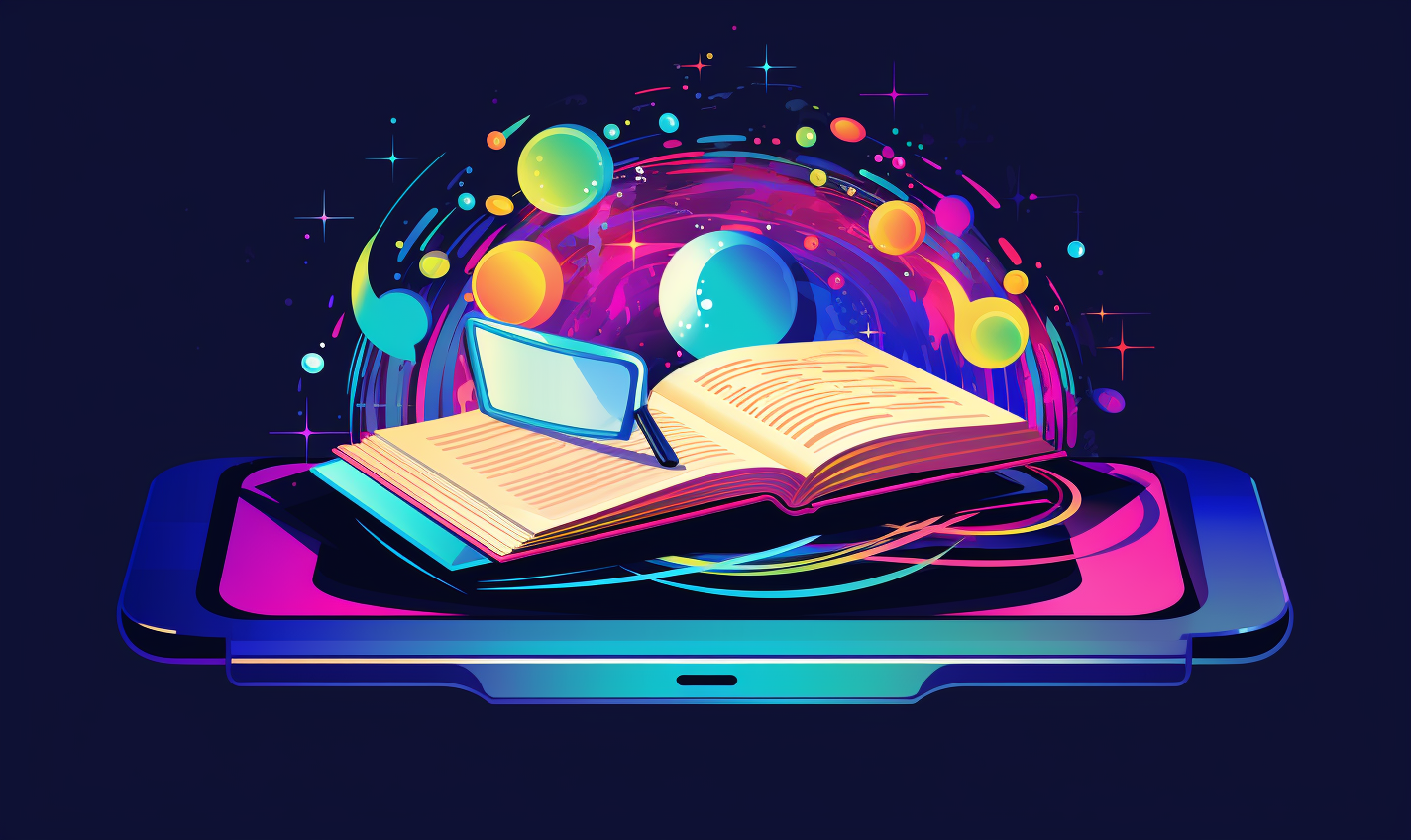The technological landscape is evolving rapidly, opening up exciting new perspectives for the support of reading disorders. This article explores future trends in technologies dedicated to reading disorders, highlighting innovative developments that could redefine the way we approach these challenges.
Artificial Intelligence (AI) and Machine Learning
Artificial Intelligence and machine learning represent the future of personalized learning. These technologies will enable the development of tailor-made solutions, adapting to the specific needs of each dyslexic individual. Machine learning programs will be able to analyze individual learning patterns, adjusting content and exercises in real time.
Virtual Reality (VR) and Augmented Reality (AR)
Virtual and augmented reality offer immersive learning experiences. For dyslexic people, these technologies could create interactive educational environments, integrating visual, auditory and kinaesthetic elements to reinforce understanding of difficult concepts.
Optical Reading Solutions
Scanning technologies are evolving to offer more accurate and accessible solutions. Improved optical character recognition (OCR) devices can instantly convert printed text into digital text, making reading easier for dyslexic people.
Progress Tracking and Analytical Applications
Analytics-based progress monitoring applications will provide teachers, parents and healthcare professionals with valuable information on the performance of dyslexic students. These tools will enable continuous monitoring, making it easier to adjust teaching and learning strategies according to specific needs.
Advanced Voice Synthesis Technologies
Future developments in text-to-speech aim to make auditory experiences more natural and enjoyable. These technologies will be integrated into educational applications, facilitating comprehension of written texts and enabling dyslexic students to engage more effectively with content.
Conclusion
Future trends in technologies for reading disorders open up promising horizons. These innovations will offer more personalized, immersive and accessible solutions, transforming the way we approach the education of dyslexic people. By staying at the forefront of these developments, we can create a more inclusive educational environment, where every individual has the opportunity to develop their potential and succeed. Stay tuned to witness the technological revolution that is shaping the future of inclusive education.

